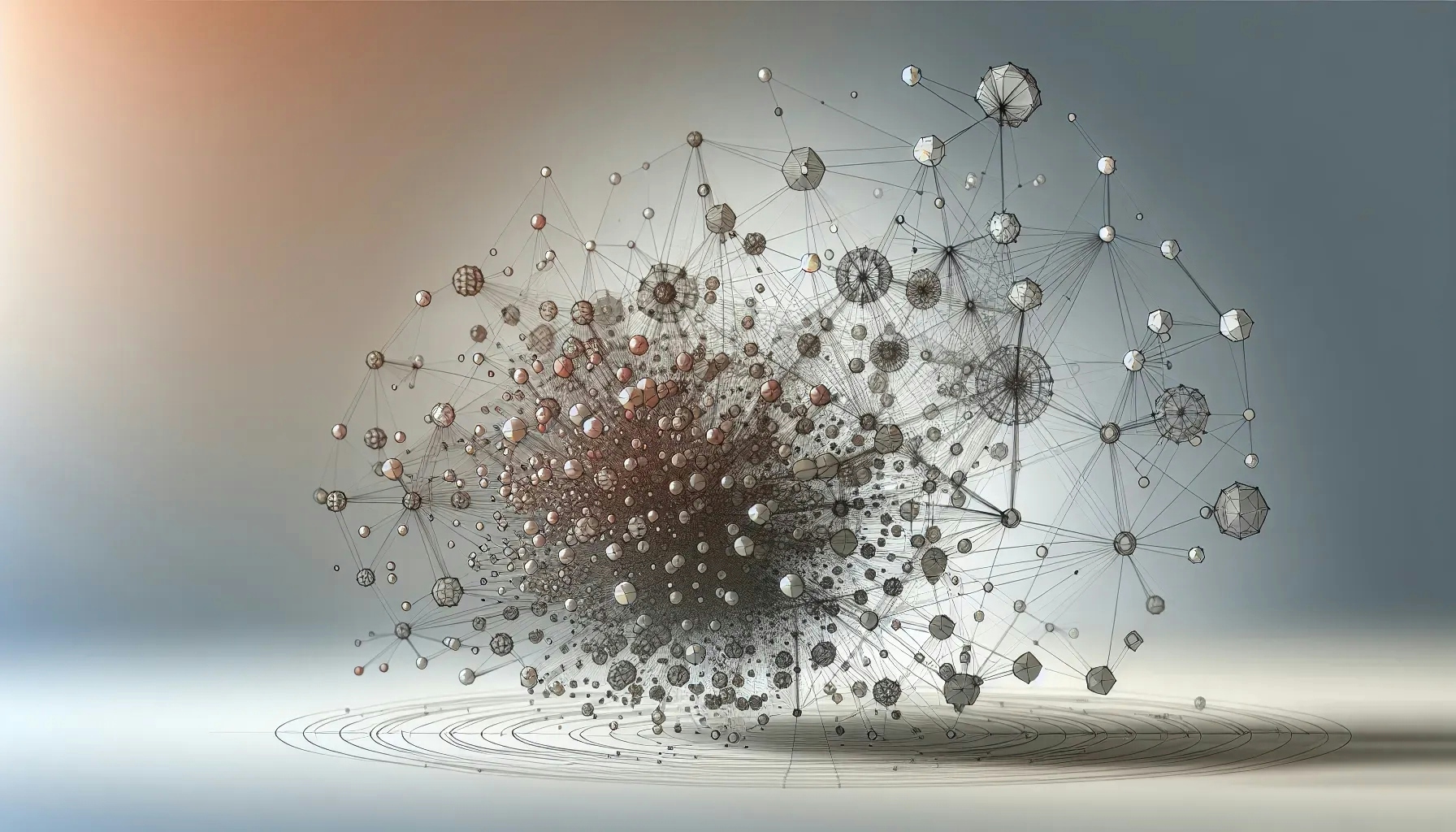How Does Graph Analytics Reveal Insights Within Relational Data?
In the quest to uncover the transformative power of graph analytics, we've gathered insights from a CEO, who utilized it to streamline internal communication. Alongside this expert perspective, we present additional answers that delve into the myriad ways professionals apply graph analytics to relational data. From optimizing pathfinding strategies to revealing community clusters, join us as we explore the diverse applications and takeaways of this analytical approach.
- Streamlined Internal Communication
- Uncovered Hidden Network Patterns
- Efficient Network Query Management
- Visualized Complex Data Relationships
- Revealed Community Clusters
- Optimized Pathfinding Strategies
Streamlined Internal Communication
Once, we tackled a major communication mishap at our firm using graph analytics. In essence, we graphed all internal communication routes, with nodes depicting team members and edges representing communication lines. Upon analysis, we found bottlenecks in information flow that were causing delays. By rearranging the communication graph, we improved information flow, considerably reducing response times by 25%. It was a valuable lesson on how graph analytics can streamline processes, even in unexpected areas like internal communication.

Uncovered Hidden Network Patterns
Graph analytics have the power to uncover hidden patterns and oddities within a network that might not be immediately obvious. By analyzing connections and their strengths, graph analytics can spot unusual activity that may indicate fraud, community formation, or other significant behaviors within a system. These insights are crucial for organizations looking to protect their data, understand customer behaviors, or identify new growth opportunities.
By exposing these hidden relationships, decision-makers can take informed action. Explore graph analytics to uncover hidden stories in your relational data.
Efficient Network Query Management
By utilizing graph analytics, traversing through vast networks becomes manageable and efficient. Complex queries that might otherwise take an enormous amount of time and resources can be simplified. This means that questions about how data points relate to one another can be answered quickly.
Understanding the connections within a network can lead to improvements in how a service is delivered, how resources are allocated, and how quickly information can be retrieved. Delve into graph analytics to make your network queries more efficient.
Visualized Complex Data Relationships
Graph analytics can illustrate complicated networks in a way that makes complex relationships immediately apparent. By visually mapping out various data points and their interconnections, patterns can be recognized that might not be seen when looking at raw data. This visual aspect is particularly helpful for making sense of intricate systems with many interdependent components.
When the complexity of relationships becomes visible, it is easier to communicate findings and collaborate on solutions with others. Apply graph analytics for clearer visualization of your intricate data systems.
Revealed Community Clusters
Identifying groups and subnetworks within a larger network is a prime benefit of graph analytics. It groups similar nodes together based on their connections, which can reveal communities or clusters that share common characteristics or behaviors. This can be particularly valuable for marketing strategies, social network analysis, and understanding biological systems.
By detecting these clusters, one can tailor approaches to address the specific needs or dynamics of each group. Use graph analytics to uncover and engage with the communities within your data.
Optimized Pathfinding Strategies
Graph analytics significantly enhance the ability to find the quickest and most efficient routes between points in a network. Whether it's a matter of logistics, communications, or social connections, determining the shortest path can save time and resources. In scenarios where speed is crucial, like with emergency response or real-time data analysis, being able to calculate these paths swiftly can make a considerable difference.
Improved decision-making is often the result of clear, optimized route information. Examine your network with graph analytics to streamline your pathfinding strategies.

